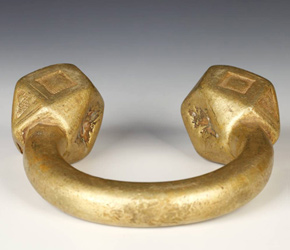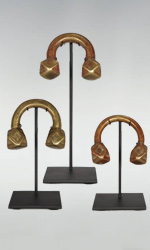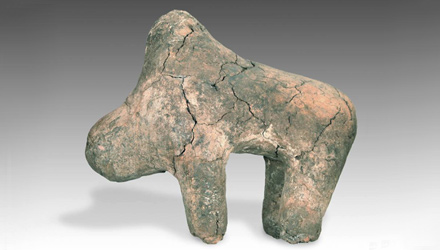Collecting African Art: Part Two – Provenance
PRIMITIVE - Friday, November 07, 2014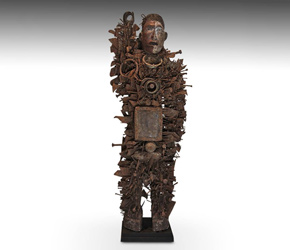 |
|
PRIMITIVE ID# A0900-060 |
By Misaki Imagawa
In the first part of this series, we learned African art has been given a specific set of criteria that must be fulfilled to be considered traditional and authentic. First, the work must have been created by non-European Africans, free from any Christian or Islamic influences; and second, the artworks must have been used by the respective African tribes in ceremonies, festivities or daily life. Some observers and collectors may think authenticity is limited to a specific time and place – an idealized Africa of the past that modernity has destroyed and lives on only in the form of artifacts. However, it is important to realize that contemporary influences and adornments do not in any way, take away from the authenticity of a piece. This leads us to the following questions: how does one tell if an artwork is truly authentic; and what does provenance mean in the context of traditional African art?
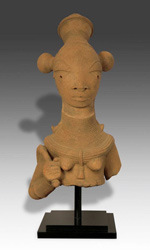 |
|
In the case of most western art, provenance is the key to figuring out the history of the piece: the artist, origin, and the chain of ownership or auction houses the work has previously passed through. It is an important aspect in measuring the authenticity, quality, desirability, and value of a work of art. However, when it comes to African art the traditional view regarding provenance does not always apply; most often because the information itself is not known or available. For example, artists of traditional African art do not sign their works. Additionally, in many cases a group of artists work together to complete a piece; so even if an artist could be named, it would be irrelevant. Unlike western art, the value of a traditional work of African Art is not dependent on the artist.
In addition, the attributions applied to any particular piece – even the provenance itself – may not always be reliable. As the value of traditional African art has risen in the world art market, the production of fakes has also tended to rise. For example, signs of wear and use on tribal art usually help validate authenticity, but scratch marks and chipped surfaces as well as other signs of use can be intentionally inflicted by forgers. Artwork may also be scientifically tested to determine if it was truly made at the time it was claimed to be made, but even scientific testing can be misleading. What if a wooden mask was scientifically shown to be well over a hundred years old, but was carved just months before using centuries old wood? In a similar fashion, documents can also be faked to appear authentic by making up a list of previous owners or exhibits. Even old auction house labels have been faked. Finally, provenance cannot always tell you if something was made to be used versus made to be sold.
Does all this mean provenance is useless when it comes to traditional African art? The answer is, hardly. Although reliable provenance is great to have and can enhance one’s understanding and appreciation of authentic tribal art, what cannot be so easily fabricated are relationships with honest dealers and other collectors who are passionate about what they present and collect. Reputable, honest dealers are in the business for the long-term and usually go to great lengths to determine the authenticity of a piece while wading through mountains of fakes and mediocre works to select those they deem to be the finest. Conversely, the same thing can be said about collectors. Yet, speak to anyone familiar with collecting traditional art from Africa or anywhere else and they will tell you the same thing: an authentic work of art has an indisputable feeling. It has a voice that speaks about the journey it has been on and the numerous lives it has touched, and this voice can be heard and interpreted by those willing to listen.
Download this Article: Collecting African Art Part Two - Provenance.pdf
